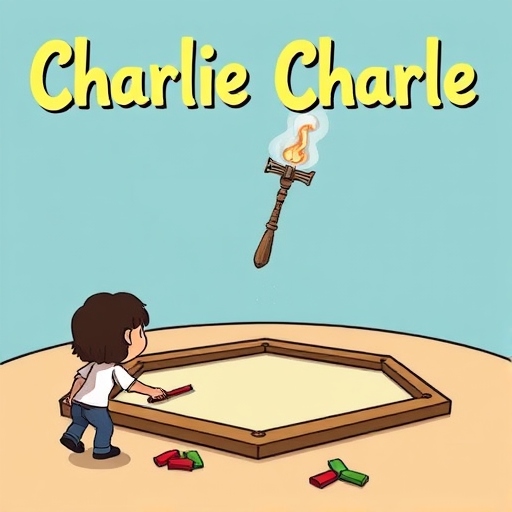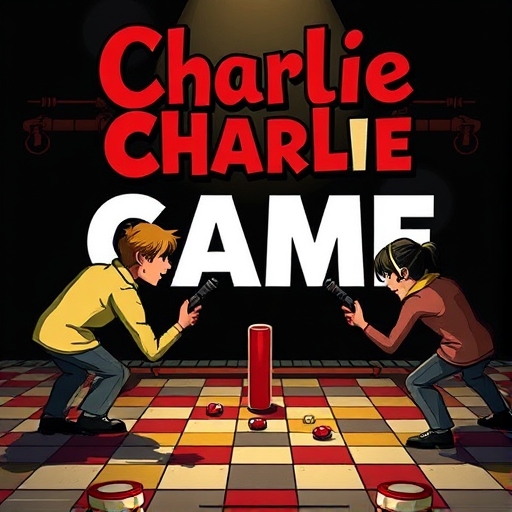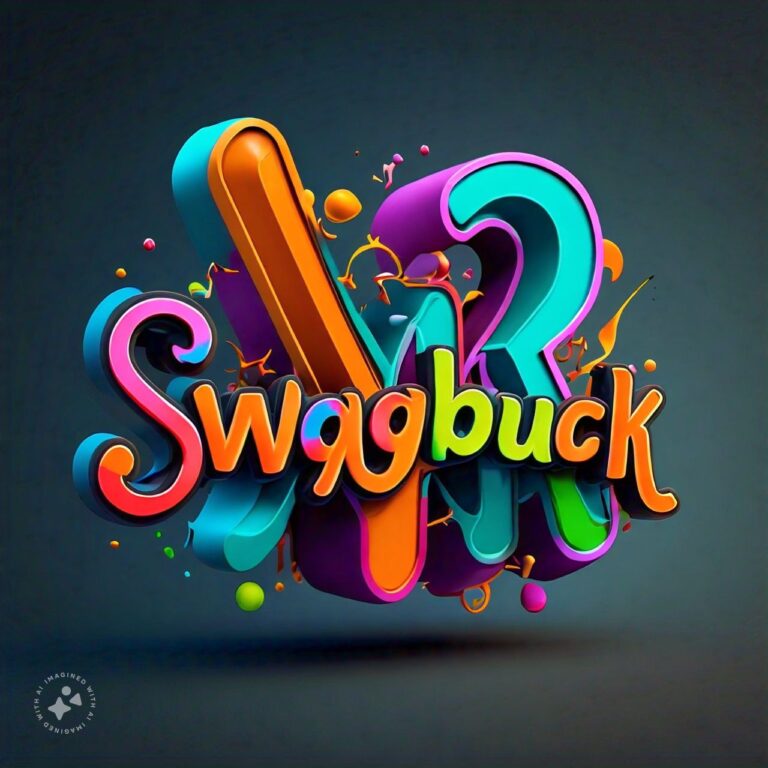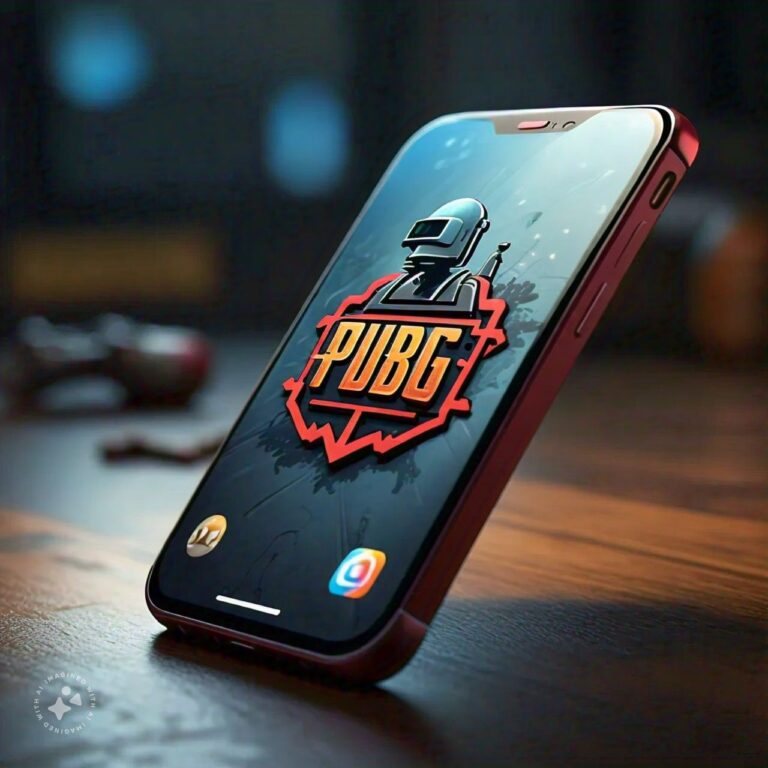Charlie Charlie Game Real or Fake
The “Charlie Charlie” game is widely regarded as a paranormal urban legend and not real in a supernatural sense. Charlie Charlie Game Real or Fake it became popular as a viral internet trend in 2015, but it has its origins in older folklore and cultural games. Here’s a breakdown:
How It Works
Participants place two pencils in the shape of a cross on a piece of paper with “Yes” and “No” written in the quadrants. They then chant, “Charlie, Charlie, are you there?” and wait for the top pencil to move, supposedly signaling a supernatural presence.
Why Does the Pencil Move?
Physics: The top pencil is delicately balanced on the bottom one, making it sensitive to even slight air currents, vibrations, or natural movements.
- Psychology: Expectation and suggestibility play significant roles. People may interpret random movements as meaningful due to their focus and anticipation.
Is It Real?
Supernatural: There’s no scientific evidence supporting the idea that the game summons spirits or supernatural beings.
Cultural and Psychological: The game leverages psychological effects like the ideomotor phenomenon (unconscious movements) and group dynamics, creating the illusion of something paranormal.
What is Charlie Charlie Game

The Charlie Charlie game is a simple, supernatural-themed activity that gained popularity as a viral trend on social media, particularly in 2015. It is often played by teenagers or groups looking for a spooky thrill. The game is claimed to summon a spirit named “Charlie” to answer questions posed by the participants.
How to Play
Setup:
- Draw a grid on a piece of paper, dividing it into four quadrants.
- Label two diagonally opposite quadrants “Yes” and the other two “No.”
- Balance one pencil horizontally on top of another pencil positioned vertically to form a cross.
Summoning:
- Participants chant, “Charlie, Charlie, are you there?” or a similar phrase to “summon” the spirit.
- They ask questions, expecting the top pencil to rotate toward “Yes” or “No” in response.
- Questions and Responses:
- Players take turns asking questions, supposedly receiving answers from the spirit when the pencil moves.
- Ending the Game:
- Players are often advised to “say goodbye” to Charlie before stopping the game to “close the portal,” following typical ghost story protocols.
Explanations
- Physics: The pencils are precariously balanced, making them easy to move due to slight air currents, vibrations, or the natural instability of the setup.
Psychological Effects:
- The ideomotor effect (unconscious movements) can cause the pencil to move.
- Group dynamics and expectation can amplify the perception of paranormal activity.
Origin
The game has been linked to older games like the Ouija board and certain cultural practices, but the “Charlie” narrative doesn’t have a specific historical or cultural basis. It is more of a modern urban legend amplified by social media.
Is It Dangerous?
While the game is generally harmless, it can scare some participants, especially those who strongly believe in spirits or the paranormal. It is often discouraged for those who are easily frightened or prone to anxiety.
In reality, the “Charlie Charlie game” is more about entertainment and spooky fun than actual supernatural activity.
How Does Charlie Charlie Game Real or Fake Works? and Detail.
The Charlie Charlie game “works” by creating the illusion of supernatural activity, but the movement of the pencil has logical and scientific explanations. Here’s how it operates:
1. Setup of the Game
- Grid Paper: The paper is divided into four quadrants, labeled “Yes” and “No” in opposite corners.
- Balancing Pencils: One pencil is laid flat on the paper, and a second pencil is balanced on top of it at a 90-degree angle. This creates an unstable setup.
2. What Makes the Pencil Move?
Physics at Play:
- Unstable Balance: The top pencil is delicately balanced, meaning even the smallest disturbance—like a breath, vibration, or shift in the surface—can cause it to move.
- Air Currents: When participants speak or move, they may unknowingly create tiny air currents, pushing the pencil.
- Gravitational Shifts: If the pencils are not perfectly level, gravity may naturally pull the top pencil toward one side.
Psychology at Play:
- Expectation: Participants expect the pencil to move, so they interpret any movement as a supernatural response.
- Ideomotor Effect: This subconscious, involuntary movement may cause participants to subtly nudge the paper or table without realizing it.
- Peer Influence: In group settings, reactions and fear from others can heighten the sense of something “paranormal.”
3. Illusion of Spirit Communication
When the pencil moves, participants often believe it’s the result of a spirit named “Charlie” responding to their question. This illusion is amplified by:
- Ambiguity of Movement: Any slight motion can be interpreted as meaningful, especially in a spooky context.
- Group Psychology: Shared emotional states, like fear or excitement, make participants more susceptible to suggestion.
4. Ending the Game
Players “say goodbye” to Charlie to “close the portal.” While this step adds to the drama, it has no real impact—it’s just part of the ritual and narrative for the game’s spooky effect.
Conclusion
The Charlie Charlie game relies on simple physical principles and psychological phenomena. Its eerie reputation comes from cultural storytelling, the power of suggestion, and the thrilling experience of fear in a controlled setting. There’s no supernatural force at work—just the fun of a shared spooky illusion!
Frequently Asked Question
Here’s a list of frequently asked questions (FAQ) about the Charlie Charlie game:
1. What is the Charlie Charlie game?
The Charlie Charlie game is a simple paranormal-themed activity where participants balance pencils on a sheet of paper and ask questions to a supposed spirit named “Charlie.” The movement of the pencils is interpreted as answers.
2. Is the Charlie Charlie game real?
No, there is no scientific evidence that the game summons spirits or supernatural forces. The pencil movements can be explained by physics (air currents, vibrations) and psychology (expectation and subconscious effects).
3. Who is Charlie?
The identity of “Charlie” is vague and not based on any specific cultural or historical figure. Some stories suggest he’s a spirit or demon, but these are likely urban legends with no real basis.
4. Why does the pencil move?
The movement is caused by:
- The unstable balance of the pencil.
- Air currents from speaking or movement.
- Vibrations on the surface.
- Gravitational shifts or slight tilts in the setup.
5. Can the game be dangerous?
Physically, the game is harmless. However, it can scare or stress people, especially those who believe strongly in the supernatural. It’s best not to play if you are prone to anxiety or fear.
6. How do you play Charlie Charlie?
- Draw a grid with “Yes” and “No” in opposite quadrants.
- Balance one pencil on top of another in a cross formation.
- Ask, “Charlie, Charlie, are you there?” and observe the pencil’s movement.
- Continue asking questions and interpret the responses.
7. Do you have to say goodbye to Charlie?
Some versions of the game encourage players to “say goodbye” to close the session and avoid “leaving the portal open.” This step is purely symbolic and not necessary—it’s part of the dramatic storytelling.
8. What happens if you don’t say goodbye?
Nothing will happen. The idea of needing to “close the portal” is part of the spooky narrative of the game, not an actual supernatural risk.
9. Is the game based on a cultural practice?
While similar question-and-answer games have existed in various cultures, the Charlie Charlie game as we know it is a modern viral phenomenon with no clear cultural origin.
10. What should I do if I get scared?
If you feel scared or uncomfortable while playing, stop the game. Remember, the game is not real, and the fear is part of the fun. Take a moment to calm down and focus on something else.







